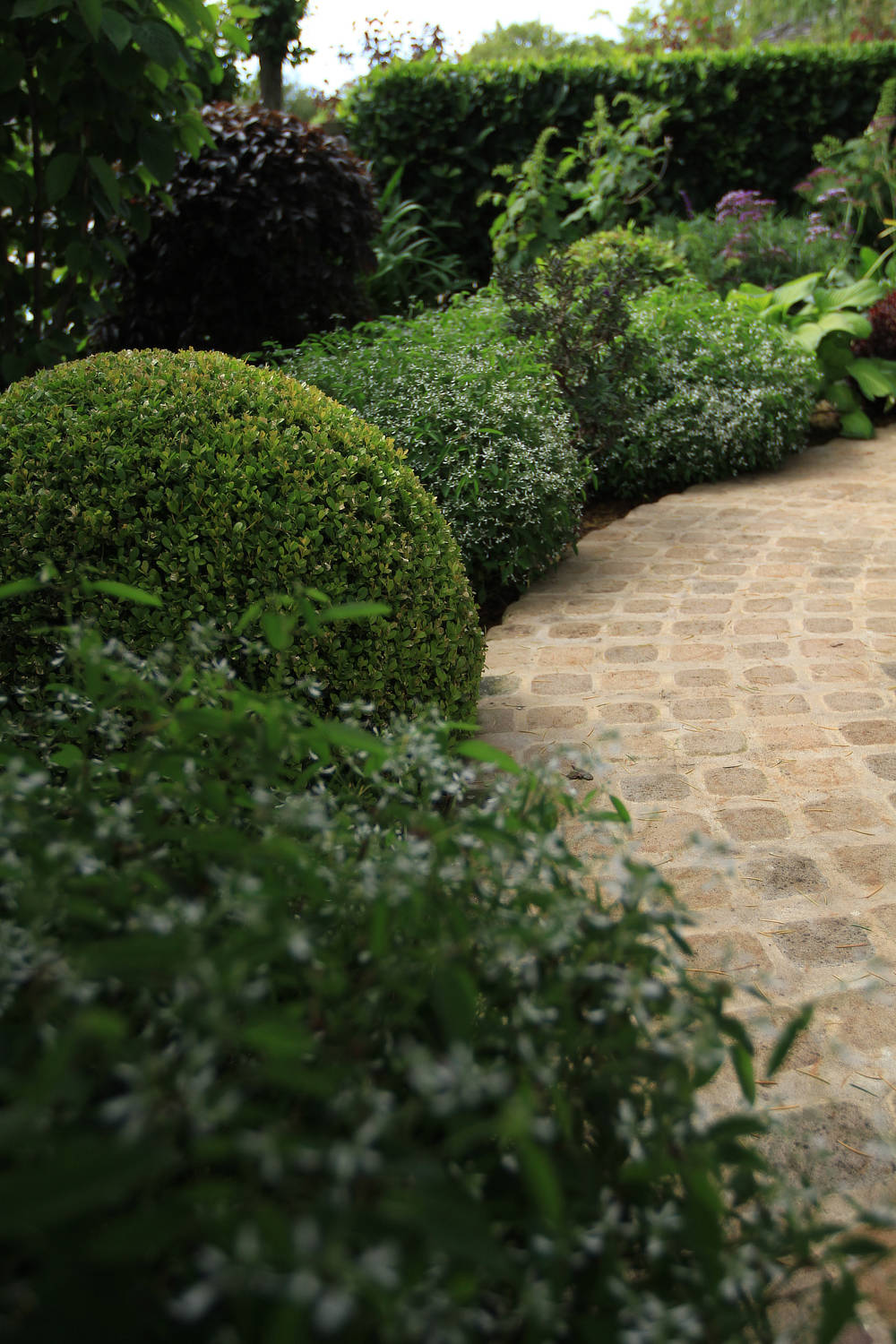Every gardener should have an arsenal of inexpensive yet highly valuable hand tools at the ready for everyday gardening tasks. Getting the right tool for the job at hand will make the task more efficient and cause less stress on your body and your plants.
Secateurs are the number one tool you will need. Used for formative pruning, dead heading, trimming and shaping, these hand tools should be by your side every time you step out in the garden. Keep them sharp and free from sap and dirt and they will last you a gardening lifetime.
Secateurs are great for small pieces of timber, stems and leaves but for anything bigger than 35mm in diameter you’ll need some loppers. These are just bigger versions of secateurs and as such they can take larger diameter stems. Like secateurs keeping them clean and sharp is the only way to keep your plants healthy.
For larger branches a sharp pruning saw is what’s needed. I like one with a pull action, so it only cuts the branch as you pull it towards you. I find this a more ergonomically and safer and way to use a sharp tool like a saw. Wiping your pruning saw down with a spray made from methylated sprits and water after use is a great way to keep it clean and it also prevent disease spreading between your plants. To maintain a sharp saw refrain from getting the saw in contact with the ground.
When it comes to hedges and topiary pruning you must have a set of shears. My preference is for something with a short handle as it gives better control over intricate shapes. If your garden has a range of hedges in varying sizes, then shears with telescopic extension handles are a great way to buy one pair you can use on all your plants.
Gardening isn’t all about the pruning it also involves a lot of digging and turning over the soil so for that you’ll need a few different hand tools. Start with a sturdy spade, perfect for digging holes for planting and turning over the soil. I like a long-handled spade as it means less time bent over and my personal preference is one with a timber handle.
A fork is also a must have, perfect for aerating your lawn, turning over the compost, aerating your top soil and lifting and dividing herbaceous perennials. A fork should be used like a spade but with much more delicate results. When selecting a fork ensure the junction where the handle meets the metal head is strong and sturdy.
For smaller digging exercises such as planting out vegetable seedlings or working within existing garden beds a good quality hand trowel is needed. It is tempting to buy cheap here as it’s a small tool, however this is a false economy. The leverage placed on the tool is greater as its smaller, so you need something well-made and resilient if you want it to last.
A rake can be used to groom the soil, mulch and compost as well as incorporate fertiliser into the topsoil and it can even collect leaves, think of it as an outdoor broom. When using a rake try to only use it with a pull action, by pushing a rake forward you will put unnecessary tension on your back and could do damage with a twisting motion through the spine.
To move all your bulk materials like compost, mulch, grass clippings and pruning waste around the garden you’ll need a wheelbarrow. I like the ones that have a narrow bin on them as they fit down the side of the house with ease and it prevents me from scraping my knuckles on the brick work as I go – the drawback however is a slightly lighter load. Builders’ barrows can be heavy so make sure you take a few for a test drive to get the right one for you before buying.
Gloves are the last tool on my must have list. I made a new year’s resolution to wear my gardening gloves as often as I could, and much more than I have in the past. I find it difficult to feel the soil, prune plants and be in touch with the garden when I’m wearing them however, I has a close call with a Funnel Web spider hiding in a log at work the other day and realised I would regret not wearing gloves if I wasn’t so lucky next time!


